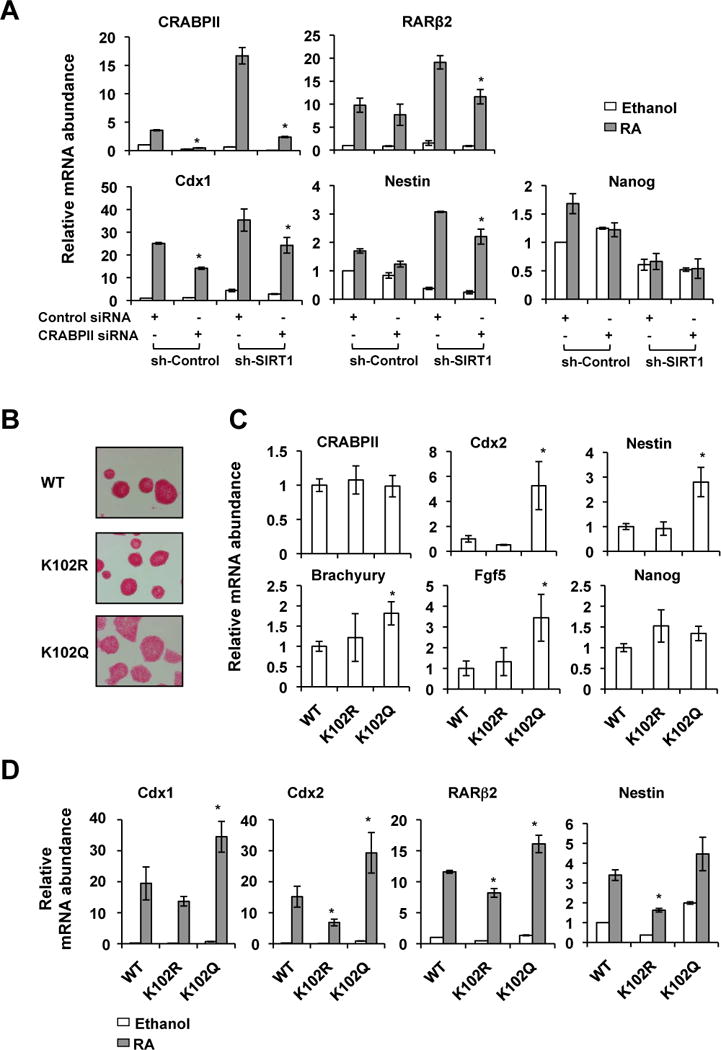Figure 6. The acetylation status of CRABPII directly influences mESC differentiation in response to RA.

(A) Silencing CRABPII partially rescues the elevation of a number of ES differentiation markers in sh-SIRT1 mESCs. Sh-Control and sh-SIRT1 mESCs were transfected with siRNA specific against CRABPII. They were then treated with ethanol or 20 nM RA for two days (n=3 independent stably clones, *p<0.05, values are represented as mean ± SEM).
(B) The CRABPII K102Q mutant has increased ability to induce mESC differentiation morphologically. mESCs stably expressing indicated CRABPII proteins were cultured in the ESGRO medium.
(C) The CRABPII K102Q mutant induces expression of differentiation makers in mESCs in the ESGRO medium (n=4–7 independent stably clones with comparably CRABPII expression levels for each protein, *p<0.05, values are represented as mean ± SEM).
(D) The CRABPII K102Q mutant enhances RA-induced expression of ES cell differentiation makers, whereas the K102R mutant represses their induction. WT, K102R, and K102Q mutant CRABPII were stably expressed in mESCs in which endogenous CRABPII was silenced by siRNAs against its 3′-UTR. Cells were then treated with ethanol or 20 nM RA for two days. *p<0.05, values are represented as mean ± SEM.
Please also see Figure S4.
